Episode 271
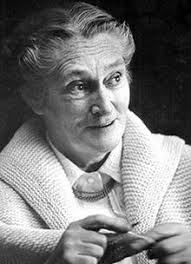 ELIZABETH ZIMMERMANN AND THE EMERGENCE OF CRITICAL KNITTING
ELIZABETH ZIMMERMANN AND THE EMERGENCE OF CRITICAL KNITTING
PART 3
In the third part of an eight-part series with Dr. Lilly Marsh, we learn how Elizabeth Zimmermann’s desire for quality materials evolved into a business opportunity. We also hear about her participation in the Wisconsin State Fair and her ongoing (and ever-shifting) membership in the Wisconsin Designer Craftsman organization.
There is an ongoing discussion on this Ravelry thread, where Dr. Lilly chimes in. We have begun a Baby Surprise Jacket knit along and will continue knitting and chatting about this very clever design until the series concludes.
Many of you have expressed your gratitude for this in-depth exploration of Elizabeth Zimmermann’s life and your wish to make a contribution to our efforts. A donation to the Hudson Valley Textile Project is an excellent way to honor our work and to promote sustainable textile production in the region where we live and work. At the top of this episode, Dr. Lilly shares some exciting news about the passage of NYS Legislature Bill s3396, which establishes that the New York state animal and plant fiber program will now be part of the New York state Grown and Certified Program! Your contribution to HVTP will be a means of promoting the efforts of fiber producers in the Hudson Valley.
Studio Craft, Professionalism, and Instituted Identity
images provided by Dr. Lilly Marsh
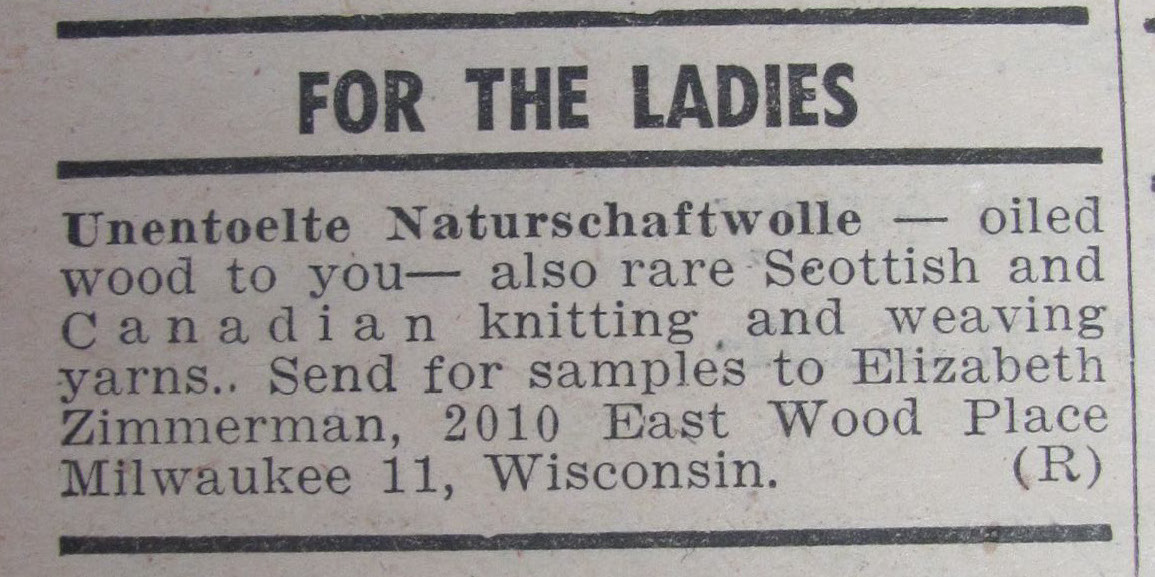
An advertisement in the October 1956 New Hope Gazette.
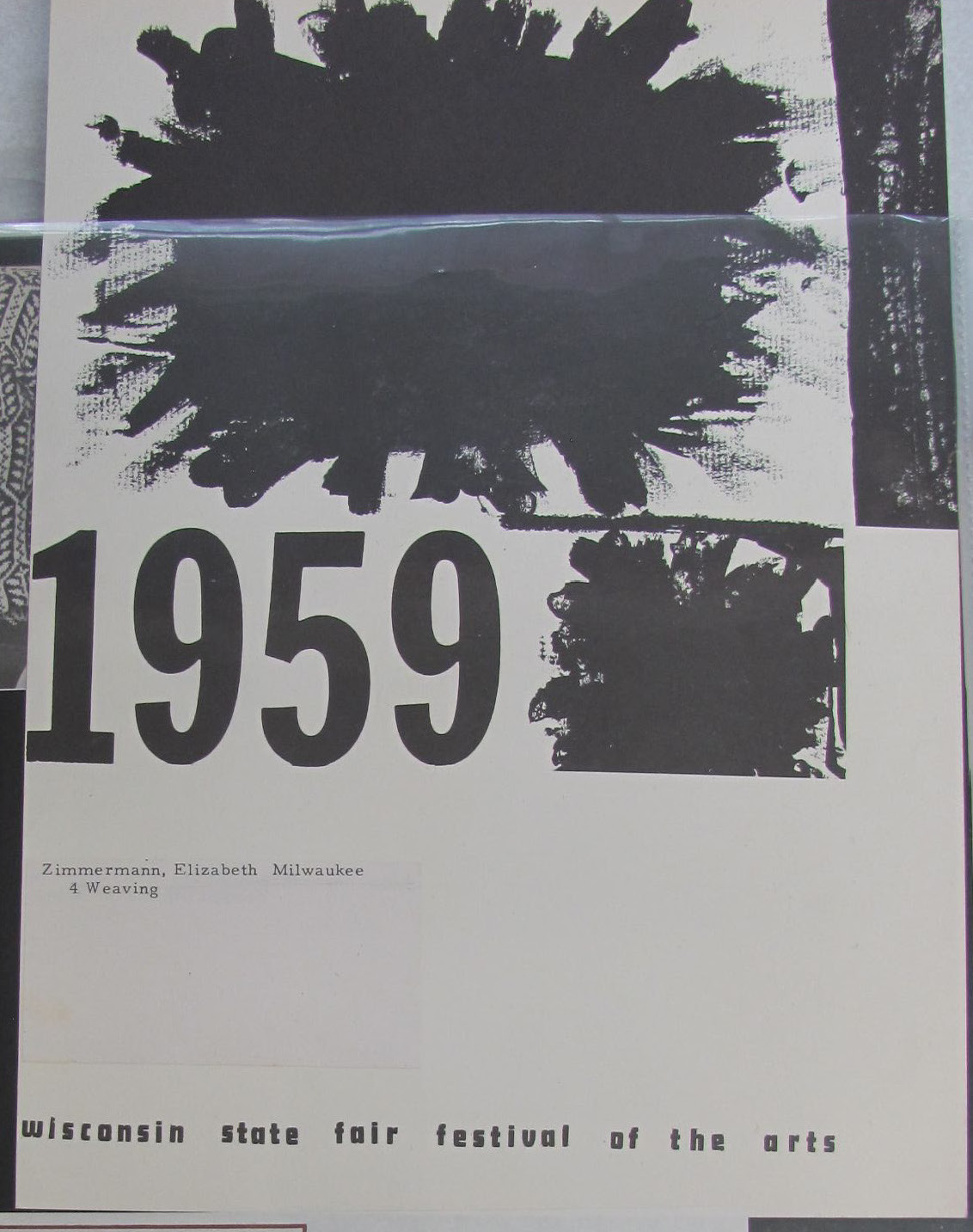
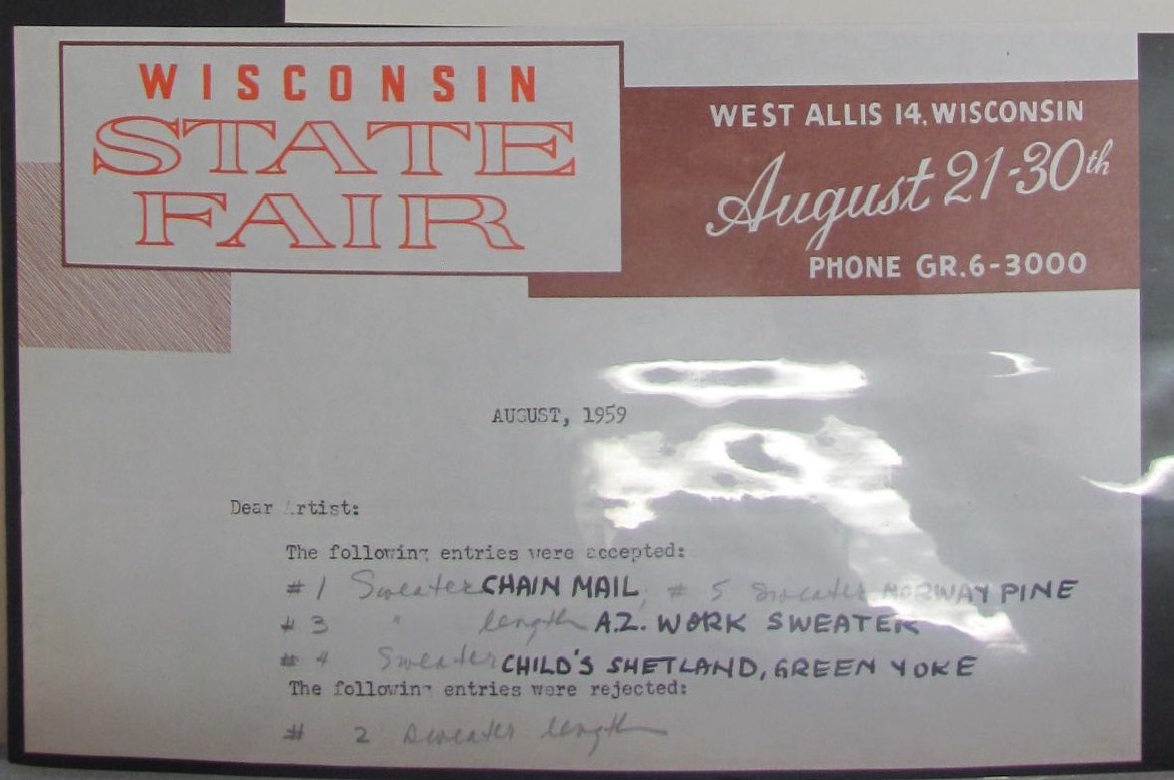
Program and entry cards from the Wisconsin State Fair.
The images presented here are a very small piece of a much larger published work, and are included here for the purpose of scholarship.
Notwithstanding the provisions of sections 106 and 106A, the fair use of a copyrighted work, including such use by reproduction in copies or phonorecords or by any other means specified by that section, for purposes such as criticism, comment, news reporting, teaching (including multiple copies for classroom use), scholarship, or research, is not an infringement of copyright. In determining whether the use made of a work in any particular case is a fair use the factors to be considered shall include—
(1) the purpose and character of the use, including whether such use is of a commercial nature or is for nonprofit educational purposes;
(2) the nature of the copyrighted work;
(3) the amount and substantiality of the portion used in relation to the copyrighted work as a whole; and
(4) the effect of the use upon the potential market for or value of the copyrighted work.
The fact that a work is unpublished shall not itself bar a finding of fair use if such finding is made upon consideration of all the above factors.

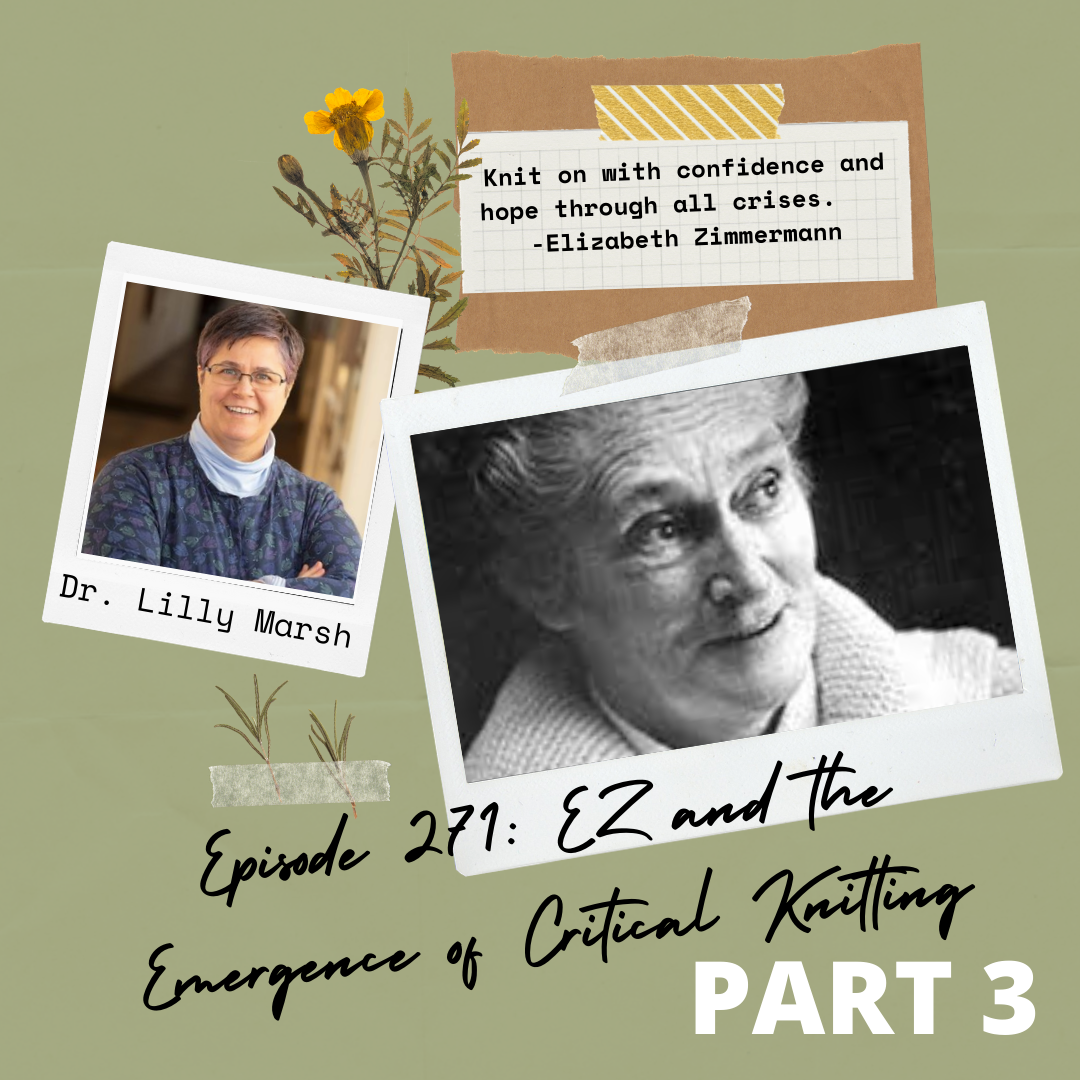
I am fascinated by all the discussion on the lack of wool in stores in the fifties and sixties – my grandmother was an avid knitter (she taught me) and was an Italian immigrant in Philadelphia. She and her sisters in law and female cousins knit for a specialty boutique on Rittenhouse Square when she first came to the USA.jWe moved to Florissant, Missouri in 1957 and about that time she taught me to knit. I remember her knitting and always saying how important it was to use lana vera – real wool. I still have baby sweaters she knit for me and a vest she knit for my dad and a sweater for mom all in 100% wool. When I was 14 we moved to Princeton, NJ it was 1969 – our high school was very progressive and we were allowed to have free periods when we could do whatever we wanted. A couple of friends and I would knit and we would purchase our yarn from either Clayton’s Department Store on Palmer Square, where you could find beautiful 100% wool in heather tones and matching wool fabrics so you could knit your sweater and make a matching skirt or slacks – the other store was a little yarn shop on a side street and they sold beautiful yarns, some by Bernat which were 100% wool including beautiful natural white wool for Aran sweaters. So, while there was alot of acrylics on the market, I always was able to find REAL wool! I guess I was just in the right place (Princeton, NJ) in a time when real wool was hard to come by.
Hi, Dawn. I’m so pleased that you have found the recordings and are enjoying them. EZ is such a rich and rewarding topic for conversation.
I discovered your Podcast recordings featuring Elizabeth Zimmerman, and have eagerly listened to all three thus far. In the meantime, I’ve discovered your website and writings! I am totally enjoying all of your work, and will continue to listen well past E. Zimmerman recordings. Thank you for offering these podcasts with Dr. Lilly…what a gift.